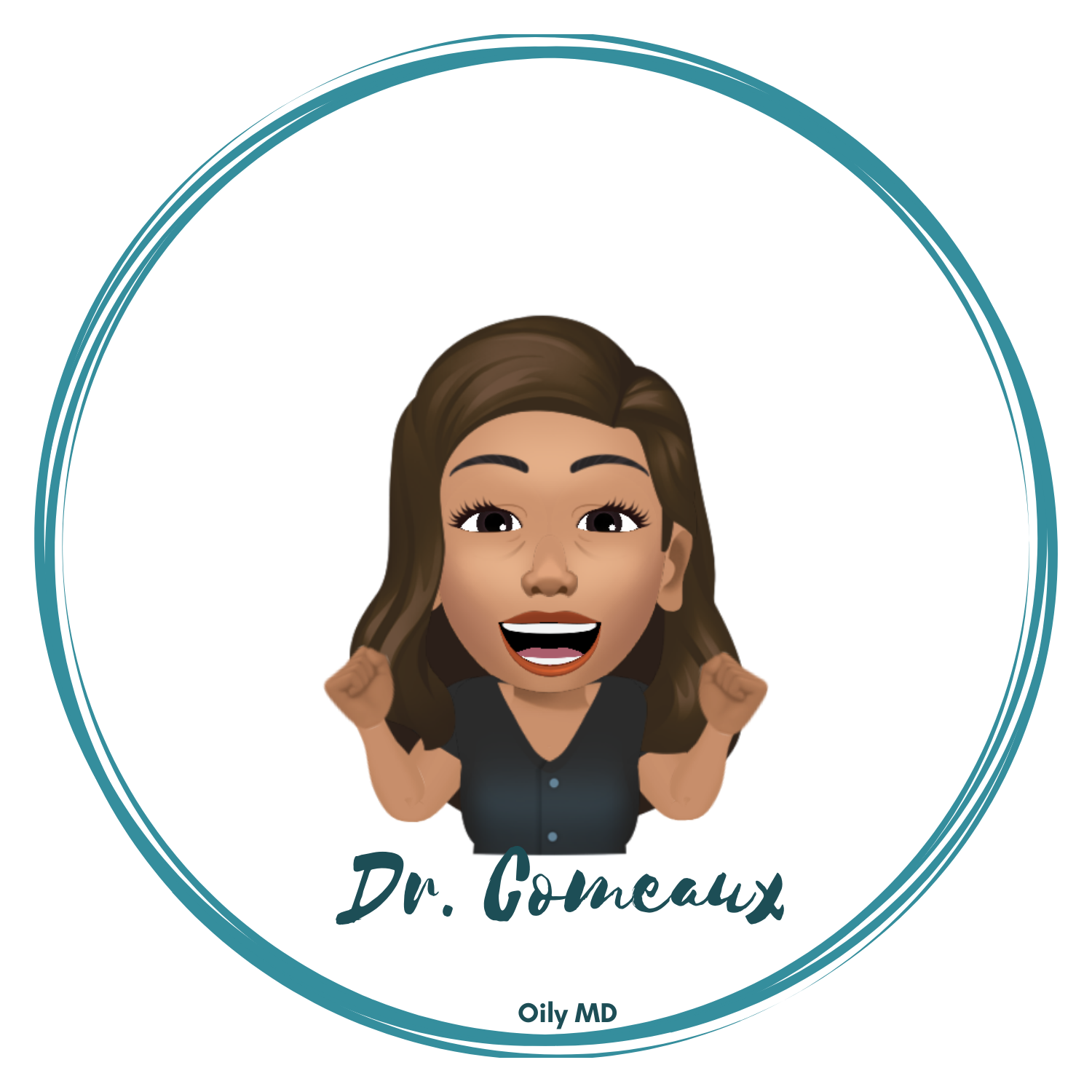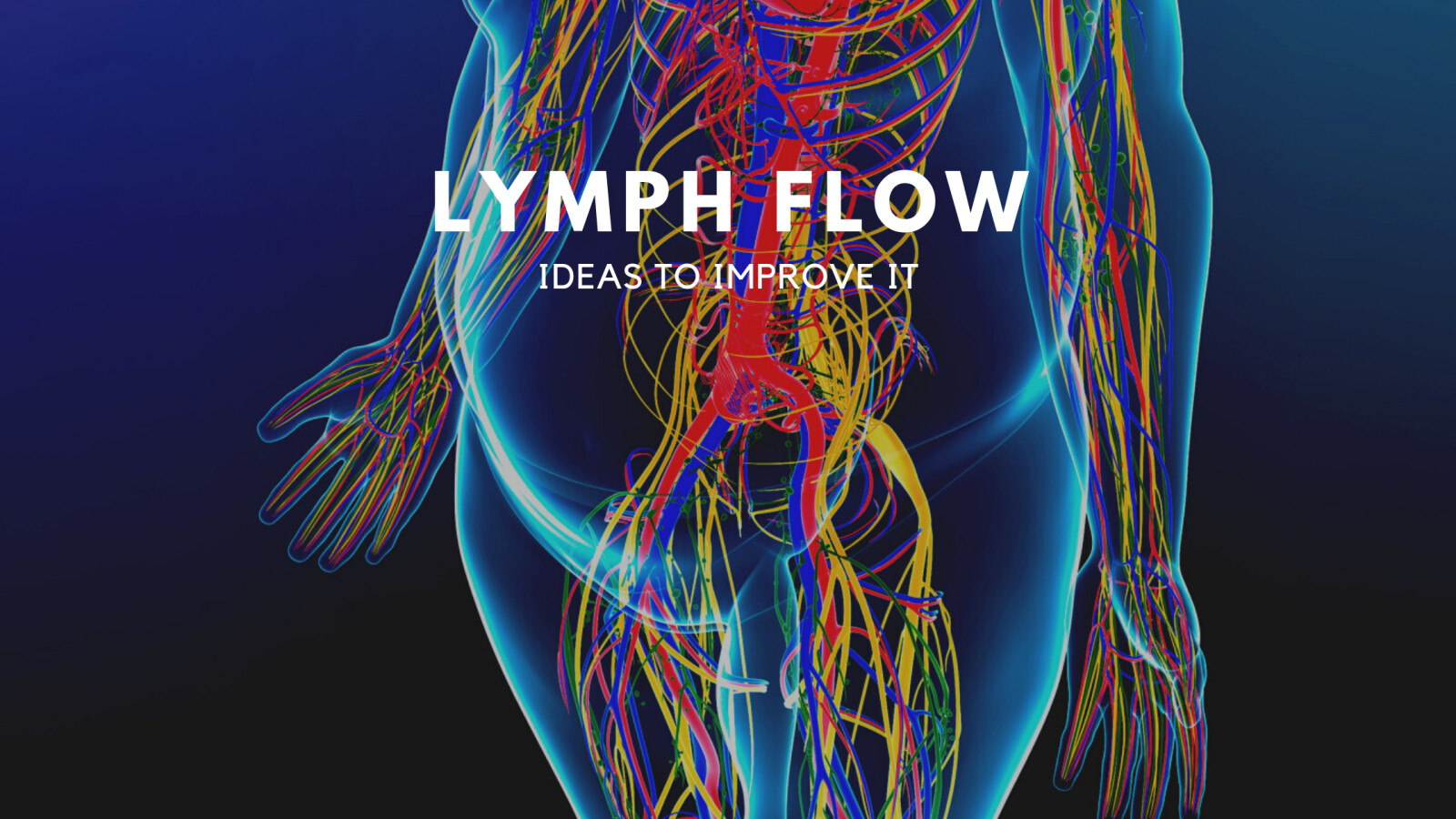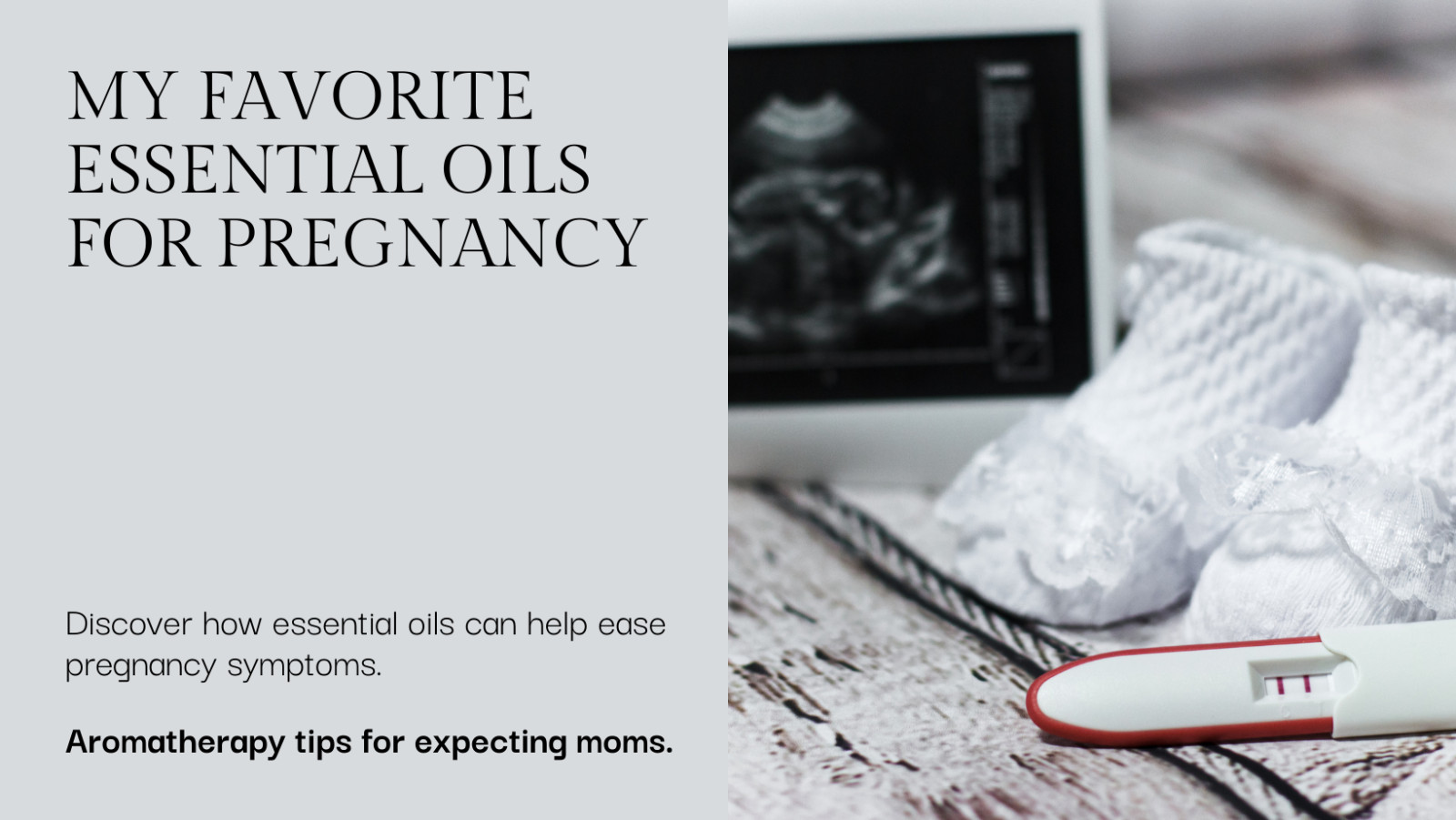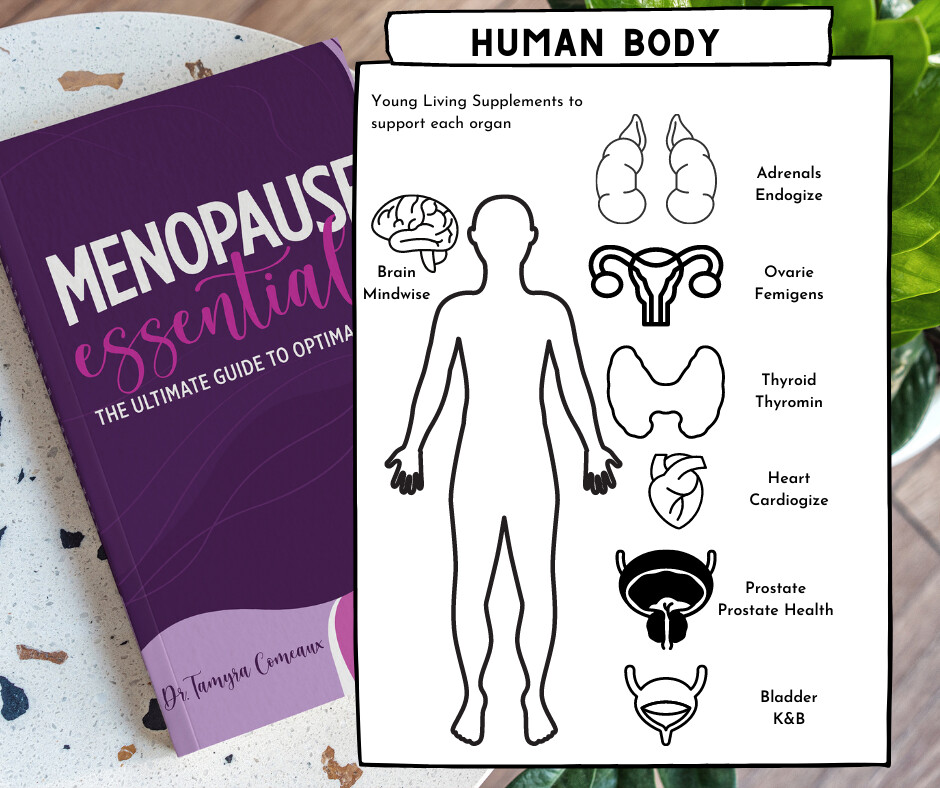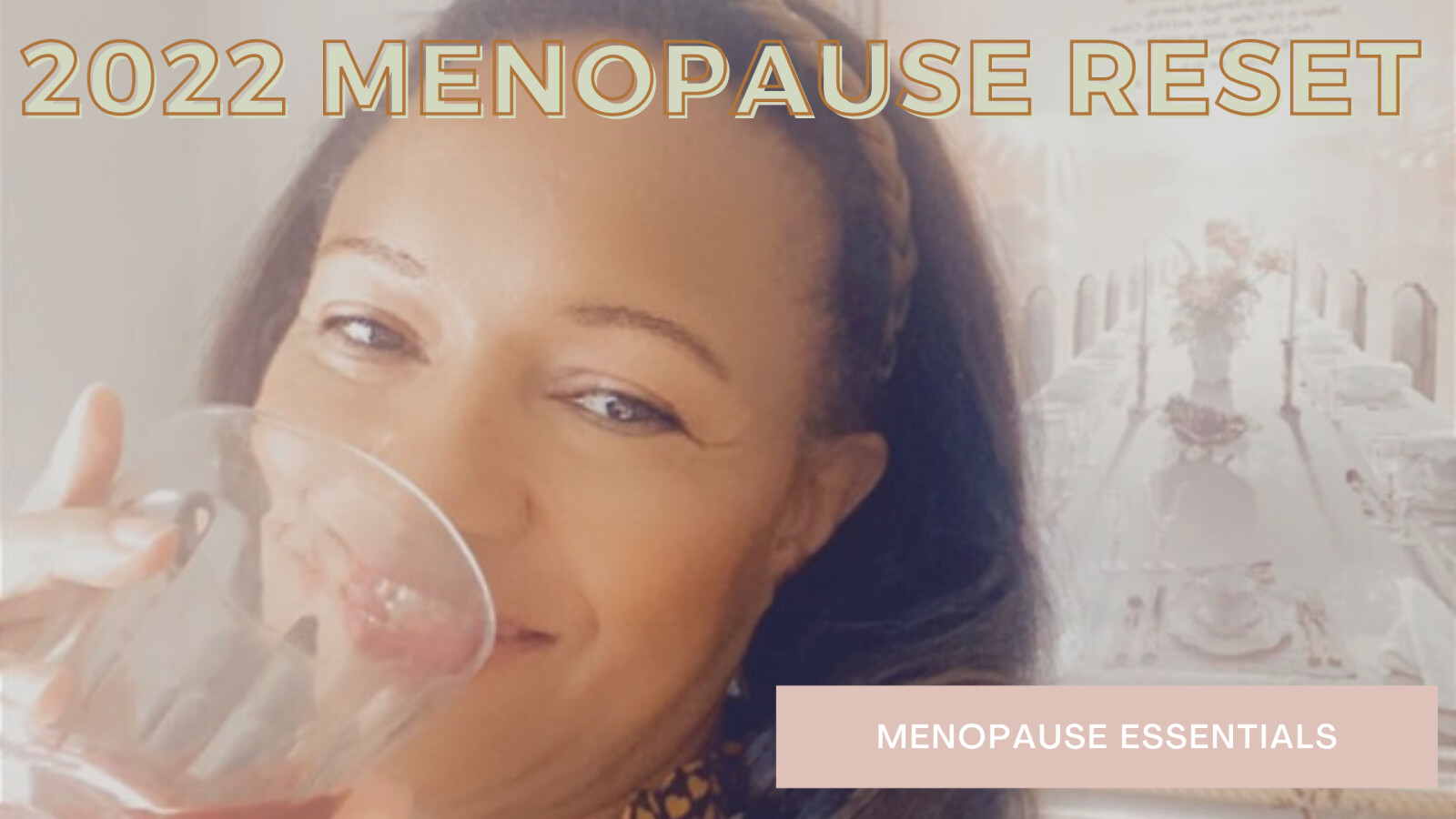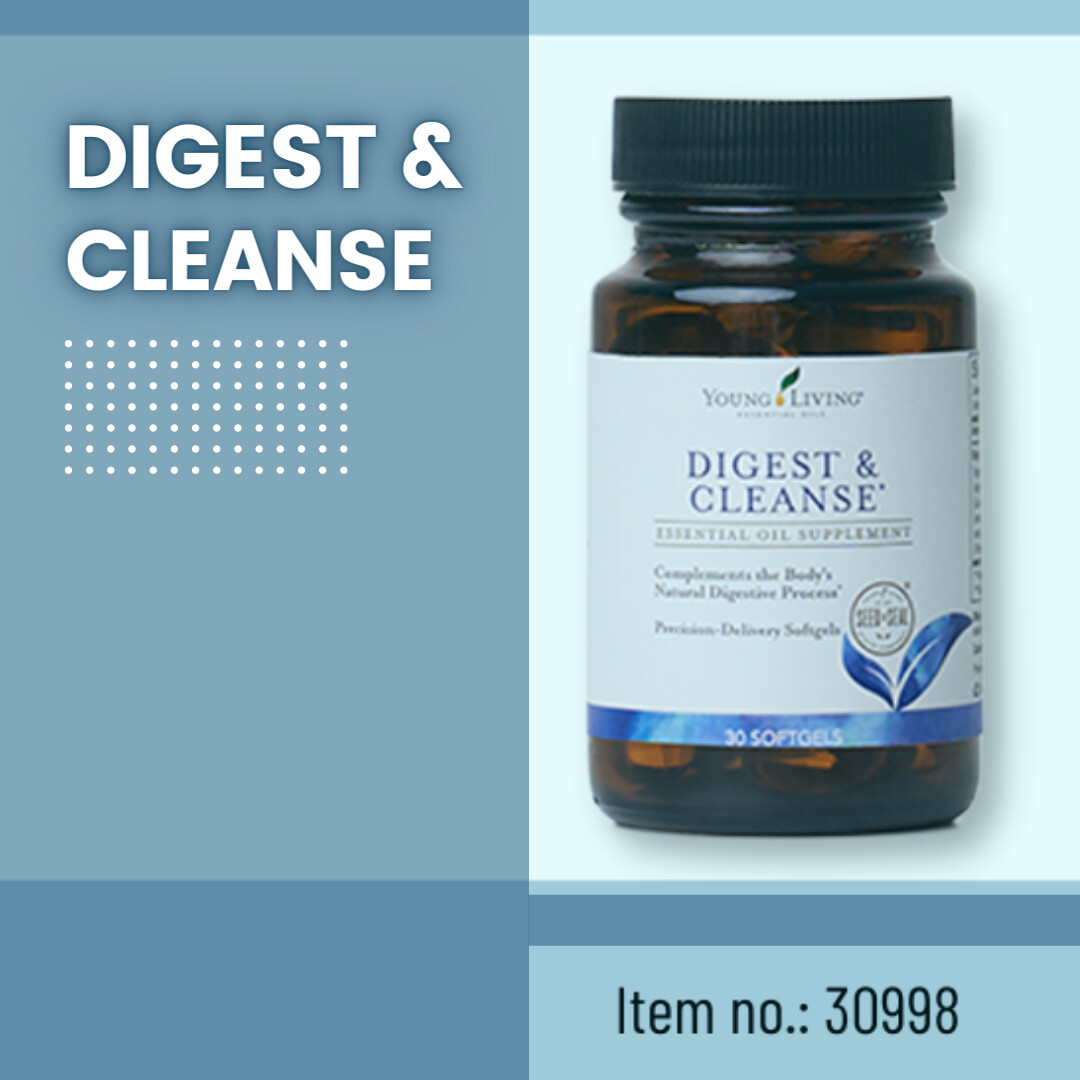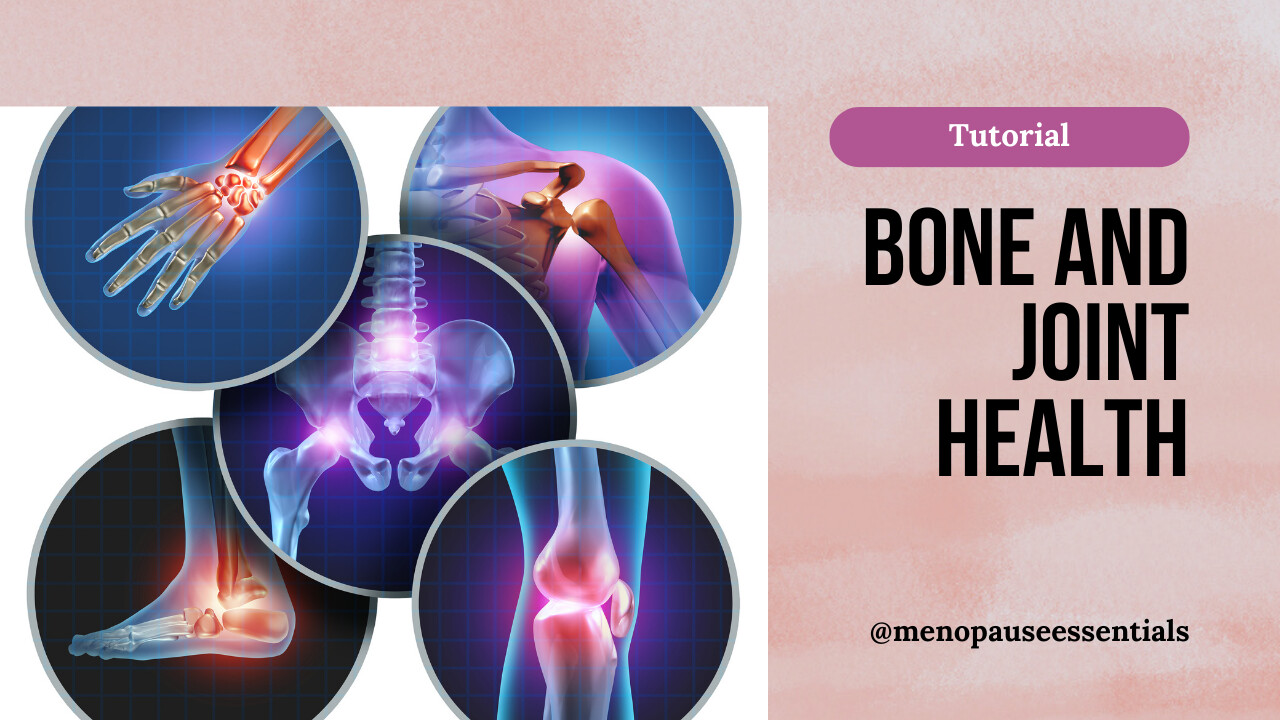
I see people with bladder pain in my practice often. Sometimes it is a recurrence of a bladder infection that can be managed by antibiotics. Sometimes, on the other extreme, the patient may have more chronic phenomenon. Also known as painful bladder syndrome, interstitial cystitis is a chronic condition characterized by pain, pressure and burning in the bladder. The precise cause of the condition is not known but we know that it most often occurs between the ages of 30 and 40 and that women are up to ten times likelier to develop interstitial cystitis than men. The most common symptoms of interstitial cystitis are bladder discomfort, the frequent urge to urinate, burning pains in the pelvic area and pain or discomfort during intercourse.
Associated Signs/Symptoms:
Frequent urination (8 or more times/day) and urinary urgency (90%).
Small mucosal disruptions, mild cellular infiltrates, and sub-urothelial infiltrates (90%).
Concomitant food or respiratory allergies (40%).
Concomitant irritable bowel syndrome (20%).
Complimentary and Alternative Treatments
Complementary treatments aimed at mitigating the side-effects of conventional treatments and optimizing the immune system response are often employed by naturopathic medical doctors, and supplement (rather than replace) conventional medical treatment. Alternative treatments that replace conventional medical treatment are not approved by the FDA, but may be based on traditional or historical theories and practice. Their safety and effectiveness is considered unproven by conventional medical authorities, despite theoretical, anecdotal or historical evidence. Since complimentary and alternative treatments are not generally proven by double-blind placebo-controlled randomized clinical trials, insurance typically does not cover these treatments, although medical savings accounts may possibly be used.
There is no known cure for interstitial cystitis and treatment tends to be based on diet and lifestyle changes.
Complimentary and alternative strategies for recurrent bladder discomfort that are considered below include:
1. There are certain foods listed by the Interstitial Cystitis Association as a possible cause of bladder pain and irritation. However, I have also seen people have success when they identify and remove allergens or dietary irritants (IgG food-allergy test, IgE, food elimination diet). Consider exploring the possibilities with an at home fingerstick test for 96 foods or 204 foods to identify your unique inflammatory foods.
2. MSM has shown some effectiveness for treating allergies, repetitive stress injuries, certain bladder disorders like interstitial cystitis, and wounds, but more research is needed before it can be recommended for any of these conditions. If you wanted to include MSM in your diet, consider Sulfurzyme, which also contains NingXia Wolfberry powder.
3. Hypothyroidism is associated with a thinning of the endothelial lining of the urinary bladder, resulting in irritation of the bladder by its contents. To provide additional nutrients to your thyroid gland consider Thyromin which maximizes nutritional support for healthy thyroid function.
4. Many issues with bladder and vaginal discomfort have a possible association with vaginal flora alterations. Consider taking probiotics. Life 9® is a highly potent probiotic with 17 billion live cultures from nine beneficial bacteria strains.
5. Alkalime, a natural alkalinizing supplement that is free of artificial colors, flavors, or sweeteners, helps maintain optimal pH in the stomach with an alkaline blend of biochemical mineral salts, lemon powder, and premium essential oils. This change in pH may be beneficial to some people.
5. Because of its chronic nature, many suffers also experience a decline in mood.
Many essential oils, alone or in combination, may be beneficial. Consider Peace & Calming, Stress Away, White Angelica, SARA or Trauma Life
Summary of related studies
1. Frankincense and myrrh modulate urothelial wound healing, which ameliorates typical features of acute interstitial cystitis/painful bladder syndrome in rats. The rats received these oils orally. Please click this link to acquire the oils that are labeled for oral use. (frankincense vitality)
2. Copaiba used in rats to affect healing... topical use.
3. Ylang Ylang was used for bladder muscle spasms in rats.
Ideas how to incorporate into your lifestyle:
1. White Angelica includes Myrrh and Ylang Ylang. Apply 2–4 drops directly to desired area or wear as a daily perfume.
2. Progessence Plus includes Frankincense and Copaiba and can be applied topically to the suprapubic area.
3. Frankincense and copaiba can be combined and massaged topically
4. Frankincense Vitality and Copaiba Vitality can both used to support internal wellness. please click this link to explore the oils that are labeled for oral use
- Take as a dietary supplement by adding 1–2 drops to a vegetarian capsule to assist overall well-being and healthy immune function.*
- Add Frankincense Vitality or Copaiba Vitality to water or a green smoothie to enjoy its subtle, flavor.
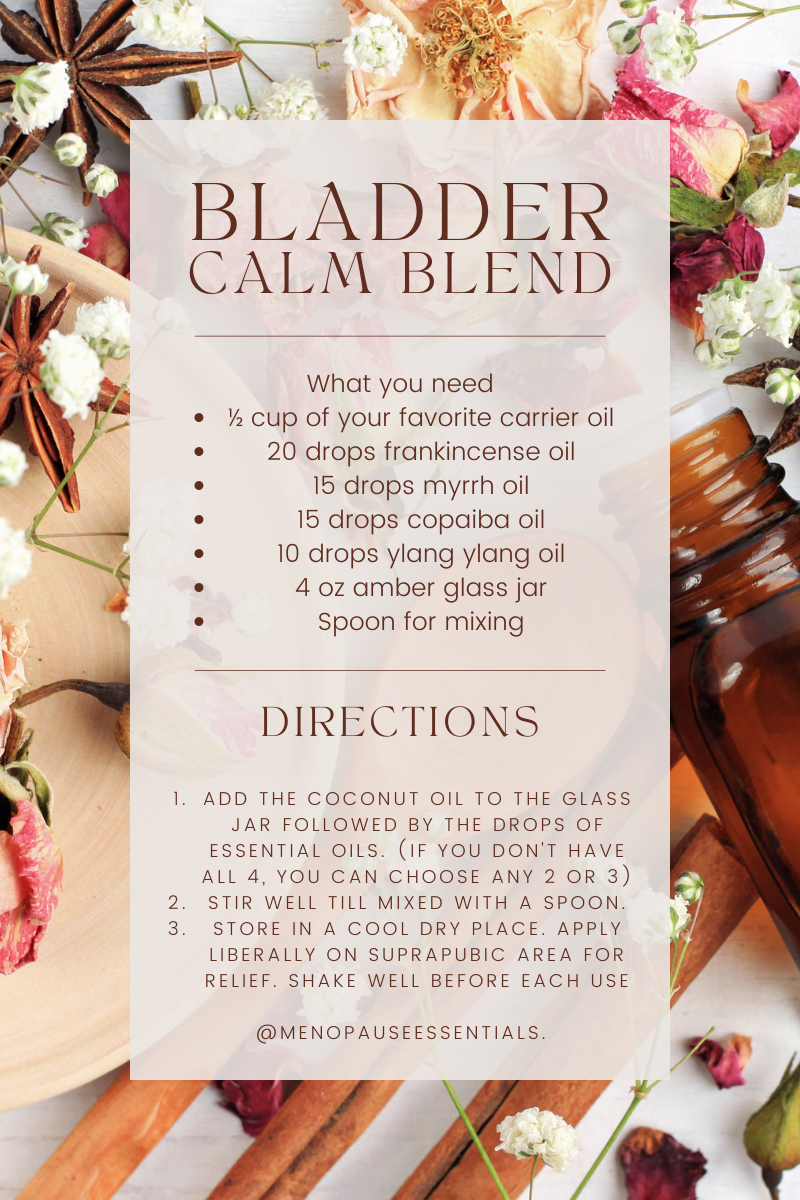
References:
Chen, Yung-Hsiang et al. “Efficacy of Frankincense and Myrrha in Treatment of Acute Interstitial Cystitis/Painful Bladder Syndrome.” Chinese journal of integrative medicine vol. 26,7 (2020): 519-526.
Feitosa, Denilson José Silva Junior et al. “Effects of Copaiba oil in the healing process of urinary bladder in rats.” International braz j urol : official journal of the Brazilian Society of Urology vol. 44,2 (2018): 384-389.
Kim, Hyung-Jee et al. “Effects of ylang-ylang essential oil on the relaxation of rat bladder muscle in vitro and white rabbit bladder in vivo.” Journal of Korean medical science vol. 18,3 (2003): 409-14.
To acquire some of the products I mentioned click this link to sign up and receive them for full price or at a discount. If you plan to ingest the essential oils, please click this link to acquire the oils that are labeled for oral use. If you plan to use these oils near your sensitive areas, seek oils that do not contain fillers or impurities.

Copaiba essential oil is a magnifier of other oils, which means it enhances the effects of other essential oils.
Essential oils that you can apply directly to inflammation, diffuse or take internally. These oils are gentle enough for sensitive skin:
Copaiba, Lavender, Frankincense, and Bergamot
Citrusy Mood
- 3 drops Copaiba
- 4 drops Bergamot
InflaPM
- 4 drops Copaiba
- 8 drops Lavender
InflaMaxx
- 4 drops Copaiba
- 4 drops Frankincense
I am Calm (roller bottle blend)
Add suggested drops in the roller bottle, then fill remainder of bottle with Fractionated Coconut oil, close lid and shake well. Roll on wrists, back of neck, spine, behind ears, and can be rolled on feet at night.
- 5 drops Copaiba
- 8 drops Lavender
- 8 drops Frankincense
- 8 drops Bergamot
 You can always make your own capsules if you prefer to take the mixtures orally.
You can always make your own capsules if you prefer to take the mixtures orally.Add 2 drops of the desired vitality oil (s) and add an edible carrier oil (like olive oil).
Sleepessence contains Melatonin, Lavender, Vetiver, and Valerian to help promote restful sleep and support the body's natural sleep rhythm.*

References:
Hebert P, Barice EJ, Park J, Dyess SM, McCaffrey R, Hennekens CH. Treatments for Inflammatory Arthritis: Potential But Unproven Role of Topical Copaiba. Integr Med (Encinitas). 2017 Apr;16(2):40-42.
Bona E, Cantamessa S, Pavan M, Novello G, Massa N, Rocchetti A, Berta G, Gamalero E. Sensitivity of Candida albicans to essential oils: are they an alternative to antifungal agents? J Appl Microbiol. 2016 Dec;121(6):1530-1545.
Efferth T, Oesch F. Anti-inflammatory and anti-cancer activities of frankincense: Targets, treatments and toxicities. Semin Cancer Biol. 2020 Feb 4:S1044-579X(20)30034-1.
Romano L, Battaglia F, Masucci L, Sanguinetti M, Posteraro B, Plotti G, Zanetti S, Fadda G. In vitro activity of bergamot natural essence and furocoumarin-free and distilled extracts, and their associations with boric acid, against clinical yeast isolates. J Antimicrob Chemother. 2005 Jan;55(1):110-4.

One topic that crops up repeatedly is the question of how to maintain a pleasant fragrance “down there”. This can be an embarrassing subject and one that not many women are comfortable talking about. Some of our mothers and grandmothers used to douche, but now that seems to have fallen out of fashion. However good vaginal hygiene is really important both for your health and for your self-confidence.
Q: What are your thoughts on vaginal wash products?
A: Many women want to know if they should in fact be using vaginal wash products to clean their intimate areas and ask what the best vaginal wash is. However I caution women about using some of the perfumed products or vaginal douches loaded with chemicals that you can find in your local drugstore. These products can often cause more problems than they solve and are ultimately ineffective in reducing vaginal odor. In fact using a vagina wash can actually throw off your pH balance, which could make you more susceptible to infections which are usually prevented by the good bacteria which live there. Also the vaginal area is a delicate and sensitive part of the body and so perfumed soaps and washes can further irritate you.
Q: How can I restore healthy vaginal flora?
A: There are many things you will want to do on an ongoing basis to maintain a healthy flora.
1. Eat plain yogurt with live active cultures regularly, or use fermented foods like kombucha and sauerkraut to encourage diverse flora.
2. Eat a healthy diet that contains very little processed foods and sugar. These foods change the pH of your vagina
3. Eat plenty of green vegetables, and a variety of colorful fruits and vegetables to alkalinize the body
4. Lower your intake of meat… it can ferment and alter your smell
5. If you don’t like yogurt, consider a regular probiotic supplement like this one.
6. If you don’t eat 4-5 servings of fruits and vegetables, consider a supplement like this one, to help.
7. If you diet does include lots of red meat, consider an enzyme to help break it down.
Q: Can you explain how to clean your vagina?
A: The answer is very simple – warm water and a fragrance free soap are really all you need. You should not really need to clean the inside of your vagina as this party of your body is conveniently self-cleaning (which is very handy!) but instead focus on the outside area. It is also very important to keep your perineal area clean too.
I recommend cleaning your vagina every day but if you are on your period you may wish to clean yourself more often than this.
1. You can use baby wipes if you find soap irritating. This brand contains Lavender, which comes with its own assortment of soothing benefits.
2. You can use a spray. This one contains essential oils and lacks unwanted chemicals.
3. You can use a body wash that is formulated for babies… as they are usually don’t contain harsh ingredients.
4. If you take baths, add a 2-3 drops of essential oils to a quarter cup of baking soda, and add it to the water.
To acquire some of the chemical free products I mentioned click this link to sign up and receive them for full price or at a discount.
This site contains affiliate links to products. We may receive a commission for purchases made through these links.
